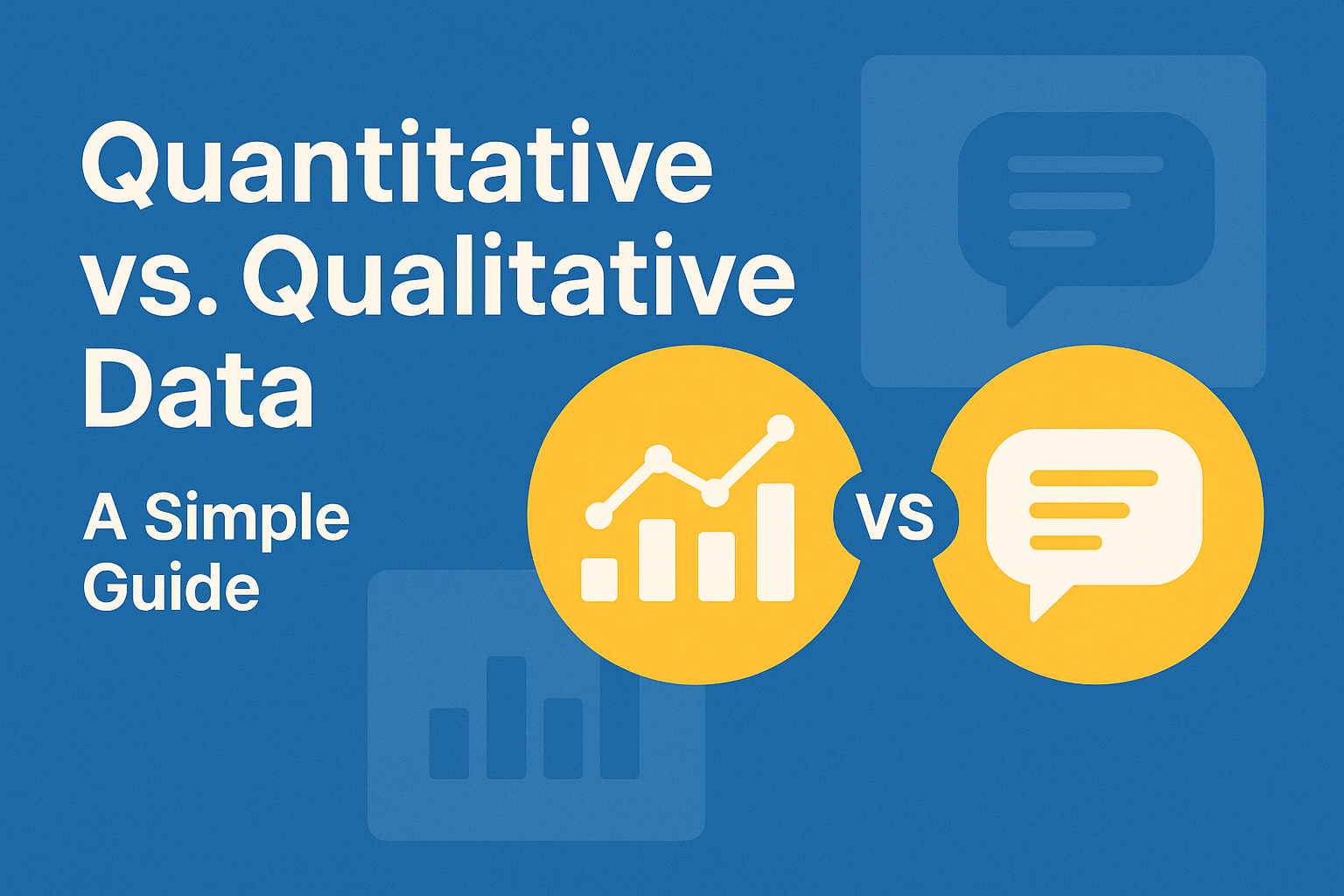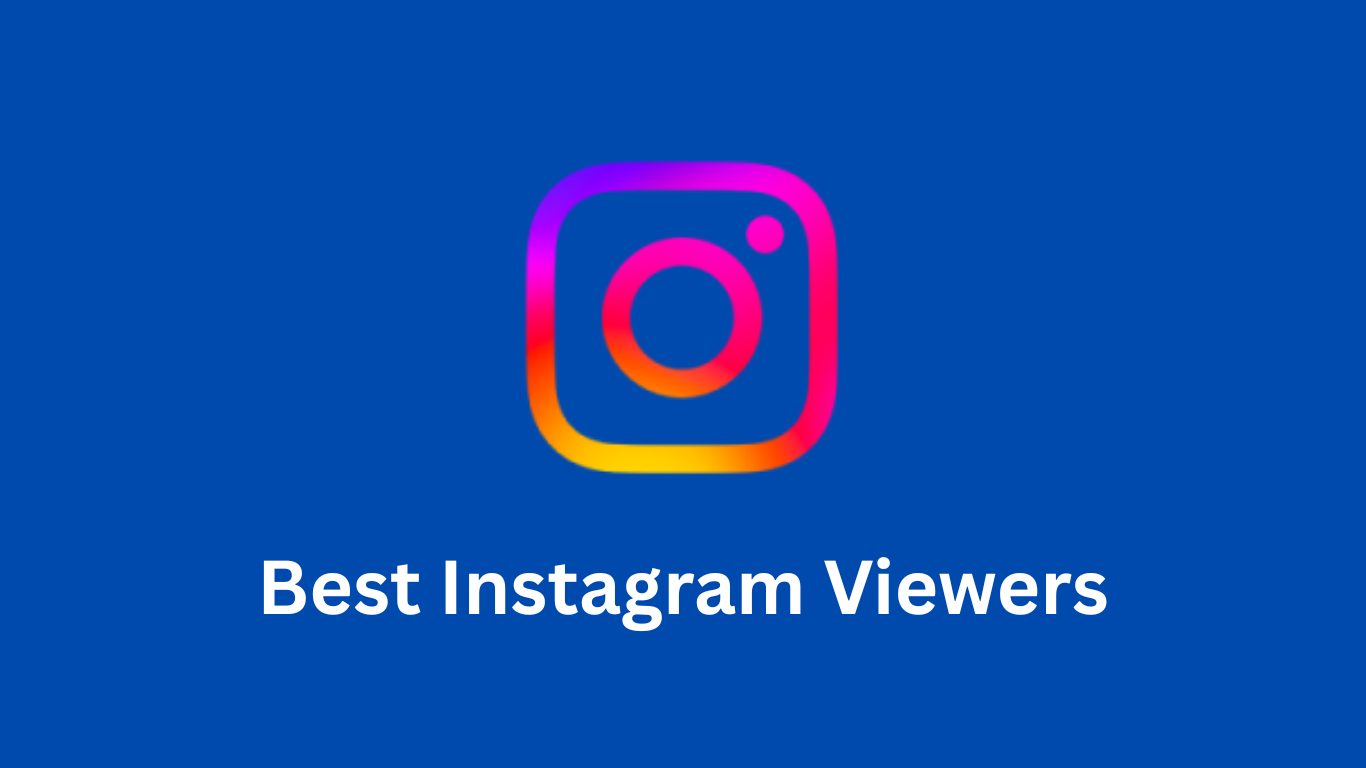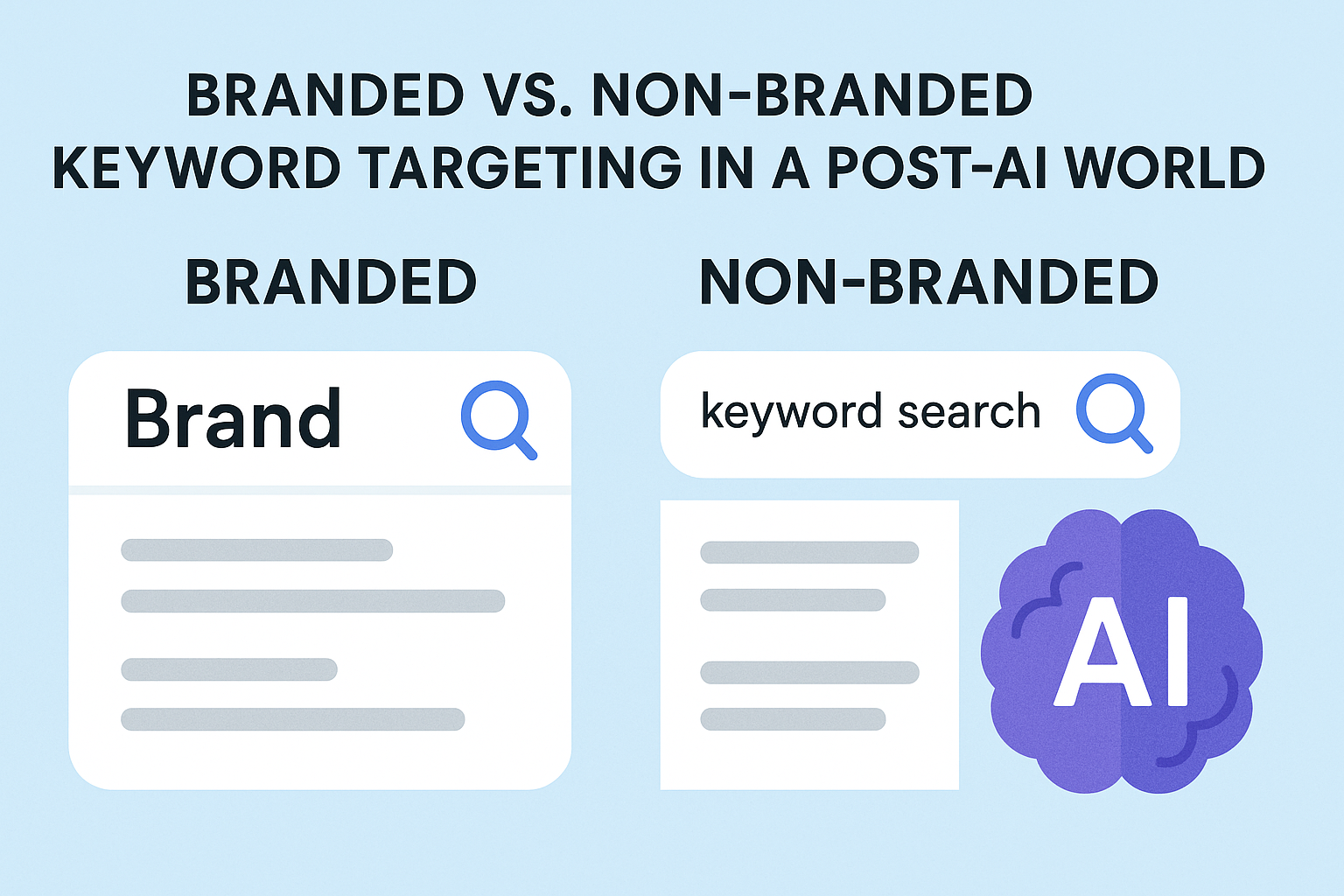In this article, we talk about what personalized content is. Additionally, we discuss its advantages, how to create it, and a few examples. Let’s get started.
What is Personalized Content?
The content marketing sphere is abundant with a broad range of reading and viewing material. Generic blogs and articles are becoming less and less effective at piquing the attention of audiences. Personalizing your content helps your materials stand out from generic ones and enhances engagement.
Personalized content refers to content that aligns with your target audience’s interests, beliefs, and goals. It makes customers feel like the content on your page is specially written for them. An efficient way of learning how to personalize your content is to analyze visitor data. It sheds light on what your customers positively respond to and what motivates them to buy certain things.
Advantages of Having Personalized Content
1. High conversion rate
Having comprehensive content on your website is of paramount importance. While it could be educational, it may not have the information that your target audience wants to know. Your website visitors may end up browsing various areas of your website to find what they are looking for. That leads to wasted time and delays in the conversion journey.
On the flip side, personalized content directs your visitors straight to pages that matter to them. It saves a lot of time and enables customers to precisely find what they want in a short period. Ultimately, your conversion rate increases.
2. Excellent user engagement
Aiding your customers in the conversion journey is critical. It is not enough to merely have blog posts, instructional videos, and more on your website. You must create a pathway for your website visitors to easily reach those sections on your site. CTA buttons are of great use in connecting your customers with various domain sections.
Personalizing CTA buttons according to user behavior greatly helps gently push your visitors towards conversions. For example, a personalized CTA button for a new user on your website would be to sign up. And a personalized CTA button for a returning user would be to watch a product demo.
3. Smooth website experience
From the moment potential customers visit your website, making them feel appreciated and valued goes a long way in motivating them to purchase your products and services. By displaying content relevant to your target audience, your visitors will develop more curiosity towards your brand. And at the same time, they will stick around your website for longer. It significantly reduces bounce rates on your site. As your visitors extensively explore your domain, they will be highly likely to click on a Call-to-Action (CTA) button and turn into a lead.
How to Create Personalized Content?
1. Know your audience
The first and foremost step in creating personalized content is knowing your audience. Identifying who your average website visitor is. It gives you information on what your customers want to see on your website. With that data, you can proceed to craft personalized content that will resonate with your target audience.
Some crucial questions that will help you know your audience are:
- What kind of technology do your visitors use to access your website?
- What are the demographics of your audience?
- What is your target audience’s user behavior?
- What are your website visitors’ interests?
2. Customize headlines
The first thing internet users often encounter when they enter a website is the landing page. This page makes the first impression on your domain’s visitors. The more personalized it is, the more likely your domain will keep your audience interested and engaged. You can retain customers on your website by making sure your headlines and subheadings are relevant to them.
Write headlines that inspire your website visitors. Mention the different types of industries, company sizes, and roles your products and services are designed for. On top of that, add relevant images to reinforce your message.
3. Create personalized CTAs
Call to Action (CTA) buttons serve to get your audience to click on them and reach different areas of your website. It can direct your visitors to a blog post, a newsletter, your social media, a contact form, and the list goes on. By personalizing your CTAs, you elevate the chances of your target audience clicking on them.
Use simple yet effective CTAs such as:
- Get in touch with us
- Watch a product demo
- Know more about us
- Learn more
- Buy now
Display different CTAs for new and old customers.
4. Add testimonials
Testimonials from your customers act as proof that improves the credibility of your website. Displaying them to your website visitors will give them the confidence to contact, purchase, and hire services from you. It results in a higher generation of leads and eventually conversions.
You can either create a separate page for testimonials or include them on your website’s landing page. Prioritize displaying testimonials that speak about specific aspects of your products and services. That helps emphasize the various strengths your business has, and customers will take notice of them.
5. Publish blog posts
Blog posts do a fantastic job of engaging customers. Publishing content that provides brief information about your products and services will make visitors want to read them. Look for what your customers want to know in your niche. By knowing that, you can write rich blog posts that will educate your website’s visitors.
Write blogs such as:
- How-tos
- Customer success stories
- Product and service comparisons
- Benefits
With a growing number of readers for your blogs, you will witness a noticeable uptrend in the number of leads you acquire. Publishing blog posts has become a must on any website.
6. Mention your strong points
Whether your business is in software development, product manufacturing, real estate, or any other, you have a set of strong points. Highlighting them on your website gives your website visitors a quick look at what your business has to offer. It helps your customers spend less time searching for information about your services.
On your website’s landing page, mention any one or more of the following strong points:
- Product/service features
- Business plan
- A ‘why choose us’ section
- An ‘advantage’ section
These points help trigger more conversion events in your business.
Examples of Personalized Content
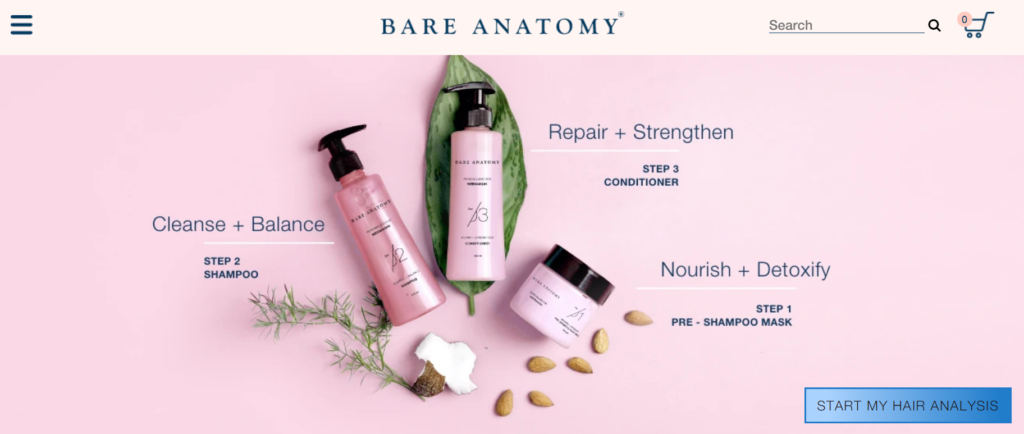
Here’s an example from Bare Anatomy. The company sells personalized shampoo products. As soon as you enter their website, you see a captivating image. And just below that, in the bottom left, notice the personalized Call to Action button.
By clicking on ‘start my hair analysis,’ customers can find a shampoo that suits their hair. This CTA has a high potential to drive customers to conversion. Personalized CTAs are powerful.
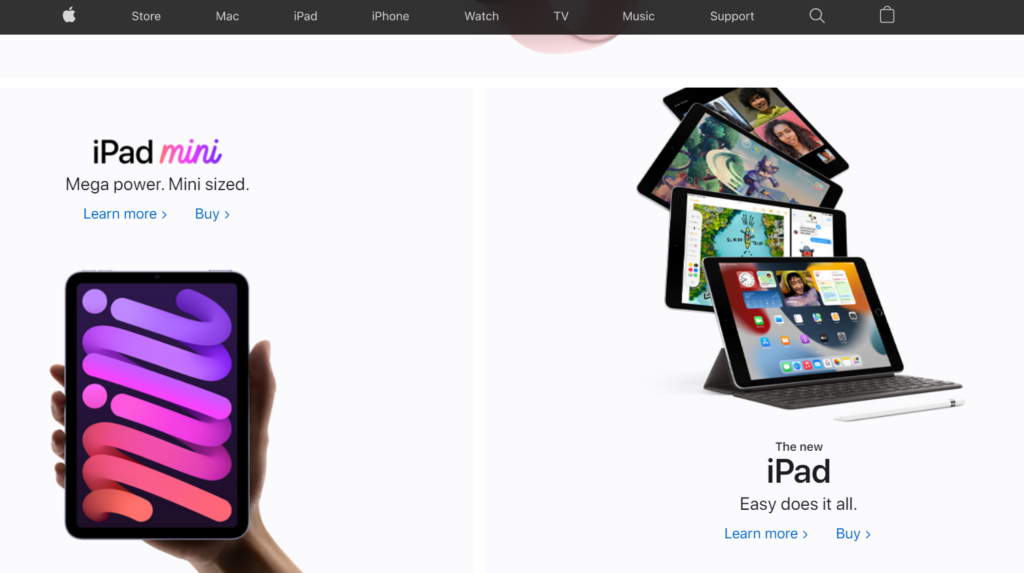
Here’s an example from Apple. It sells a wide range of electronic products such as tablets, laptops, and watches. When visitors enter Apple’s website, they will see a catalog of all the electronics the company sells.
Notice their headings and subheadings. They contain the name of the product along with a short description. They inspire customers to buy or upgrade their hardware. As the content establishes a connection with its readers, it drives leads.

Take a look at this page of Trisomytest. One of the pages they display on their domain’s header menu is ‘Who is it designed for?’. When you click on it, you will see an immediate answer at the top of the website and comprehensive information further down below.
Customers who see this page will immediately get to know whether this service is appropriate for them. The personalized content results in more calls and appointments for the service.

The Search Engine Cage team is on a mission to educate entrepreneurs. We make things easier for the small business owner, by writing articles that help them to understand SEO and Digital Marketing.


